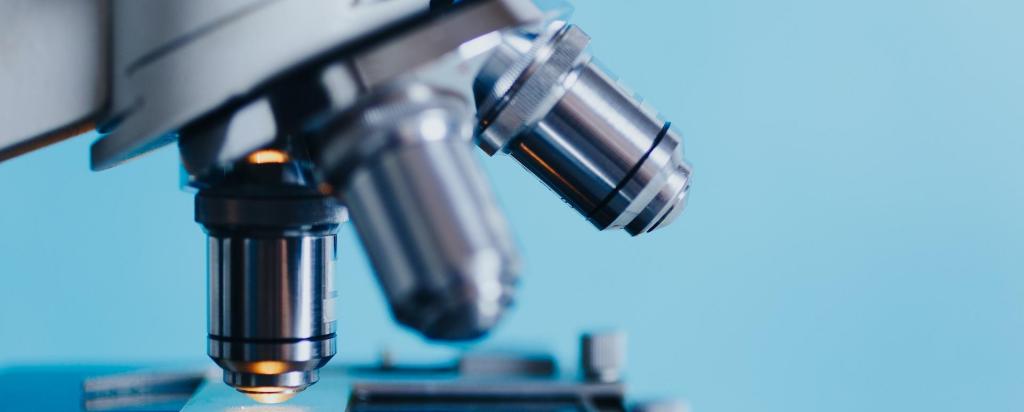
Opportunities
Interested in a scholarship or graduate position at ANSTO? Review the opportunities at a glance.

Showing 21 - 40 of 278 results

Interested in a scholarship or graduate position at ANSTO? Review the opportunities at a glance.
A new continuous record of temperature dating back 12,000 years provides an import resource in understanding current and future climate changes,

ANSTO User Meeting 2021 - Speakers
The role of trace elements as palaeoclimate proxies has been explored in ANSTO-led collaborative environmental research.

A group from Monash university has sought to make a new innovative nano-porous sieve material which has the potential to be produced on a global scale and is effective for a much longer time.
ANSTO and the Australian Radiation Protection and Nuclear Safety Agency (ARPANSA) have been recognised for their valuable contributions to the search and recovery efforts for a missing 8mm-long radioactive capsule in the Western Australian outback.
Jack the Super Prawn lives in the Barrier Reef and uses his powers to protect the environment. With JackVac, he cleans up rubbish and impurities in seawater. With JackCopter, he soars high into the air, where you wouldn't normally see a prawn. Of course, powers like that help Jack find and clear up waste plastic. But Jack's main job is to educate young readers.

Principal Research Scientist Andrew Smith is travelling to the Taylor Glacier in Antarctica with American collaborators on a 3-year National Science Foundation project now in its final year that involves mining tonnes of ice for palaeoclimate research.

ANSTO Publications Online is a digital repository for publications authored by ANSTO staff and collaborators since 1956.
An international team led by scientists at City University of Hong Kong has found flexible metal-organic framework (MOF) with one-dimensional channels that acts as a “molecular trapdoor” to selectively adsorb gases, such as carbon dioxide, in response to temperature and pressure changes.
ANSTO continually monitors environmental gamma radiation from a station located in Engadine NSW. ANSTO uses environmental radiation data to evaluate atmospheric dispersion from its site. This radiation is almost completely natural background radiation.

The Infrared Microspectroscopy beamline combines the high brilliance and collimation of the synchrotron beam through a Bruker V80v Fourier Transform Infrared (FTIR) spectrometer and into a Hyperion 3000 IR microscope to reach high signal-to-noise ratios at diffraction limited spatial resolutions between 3-8 μm.
